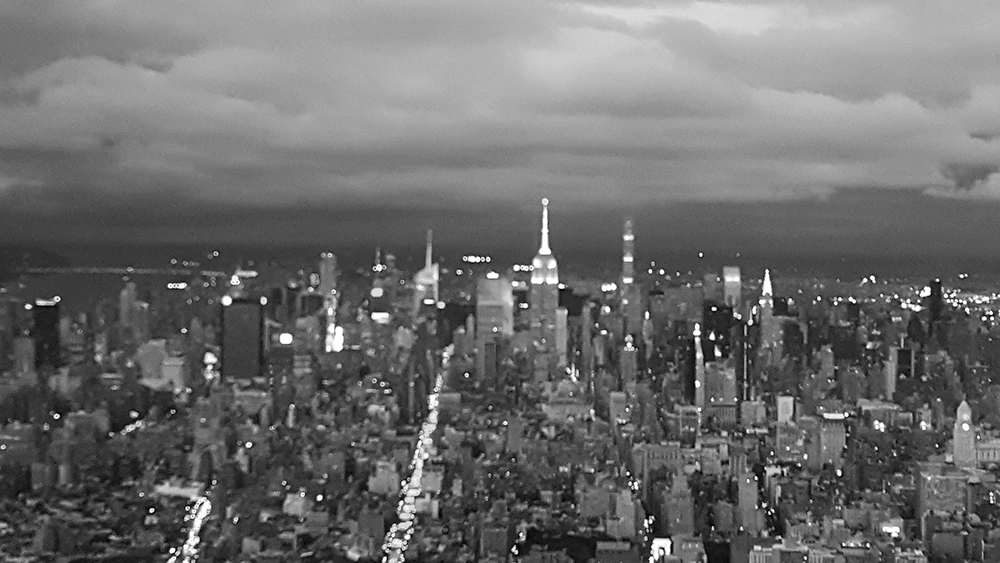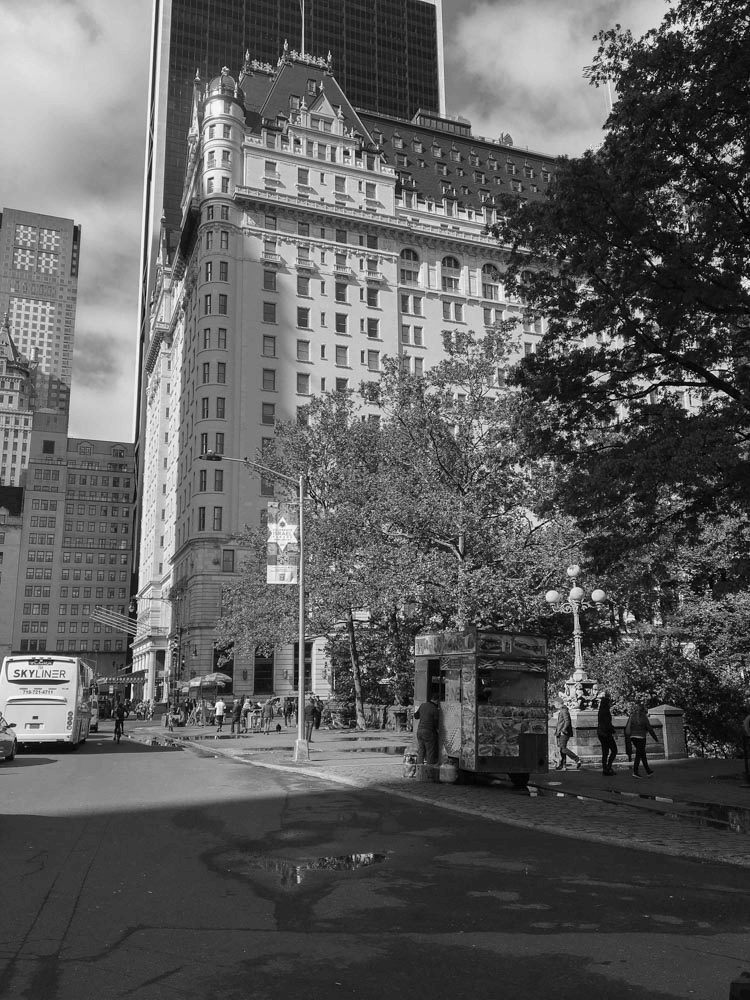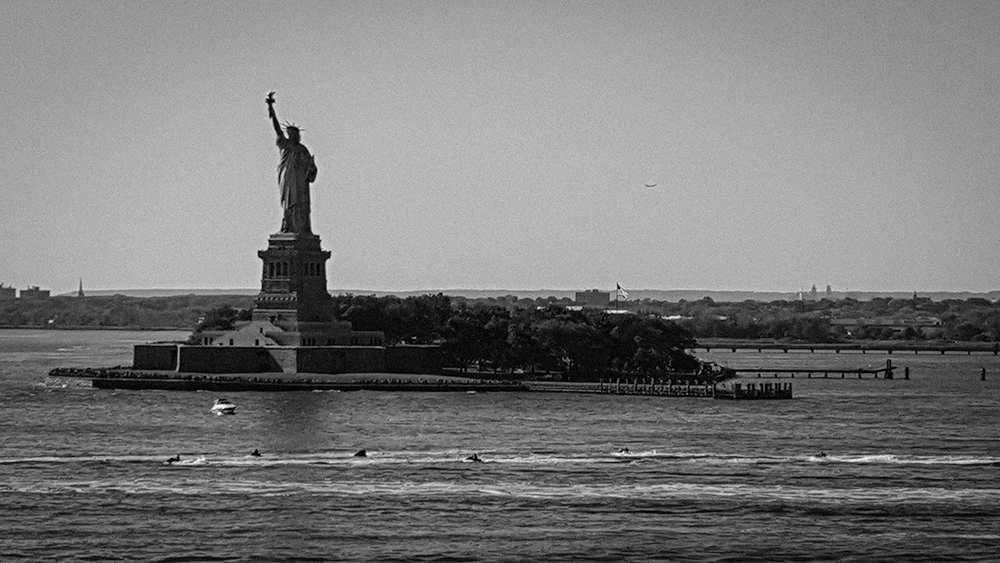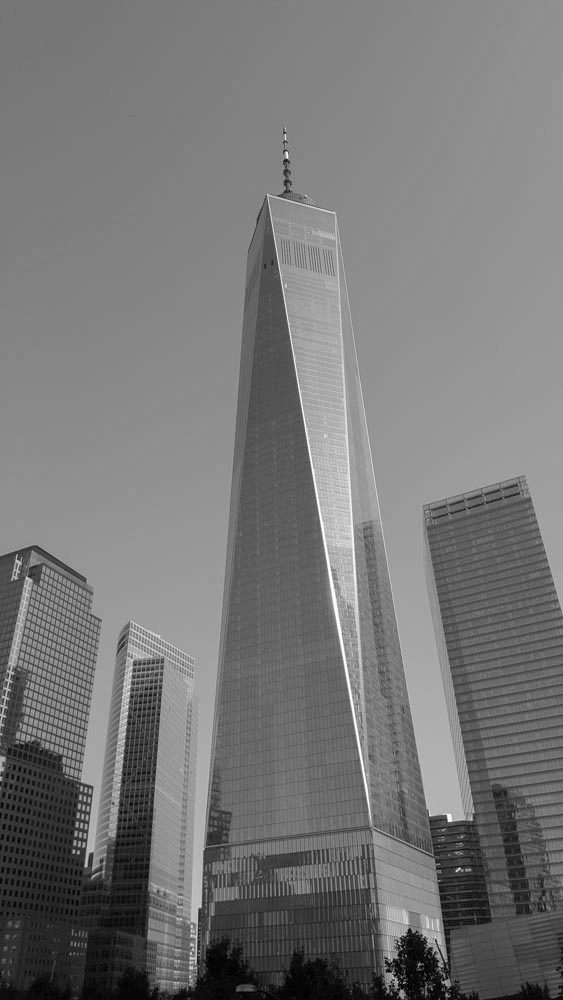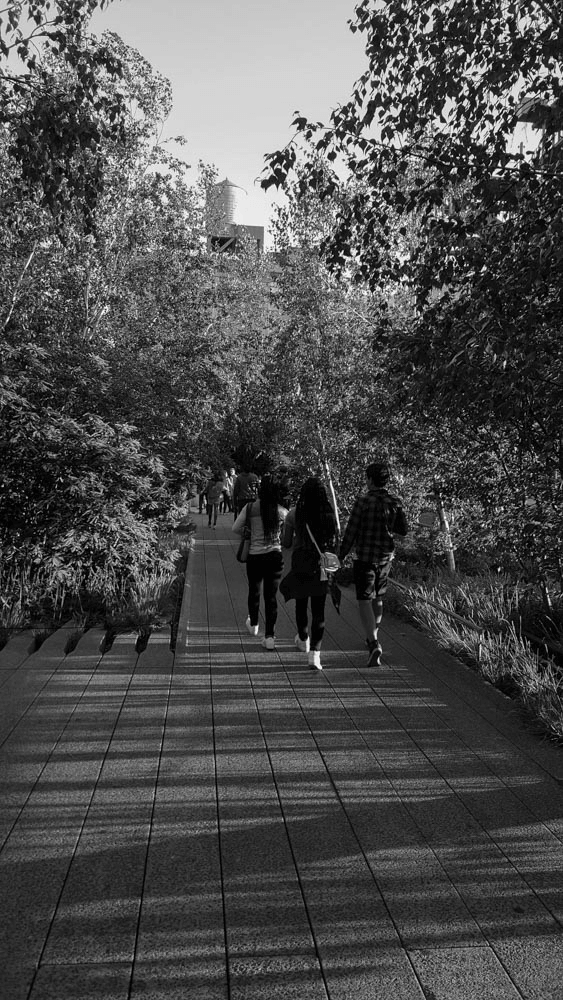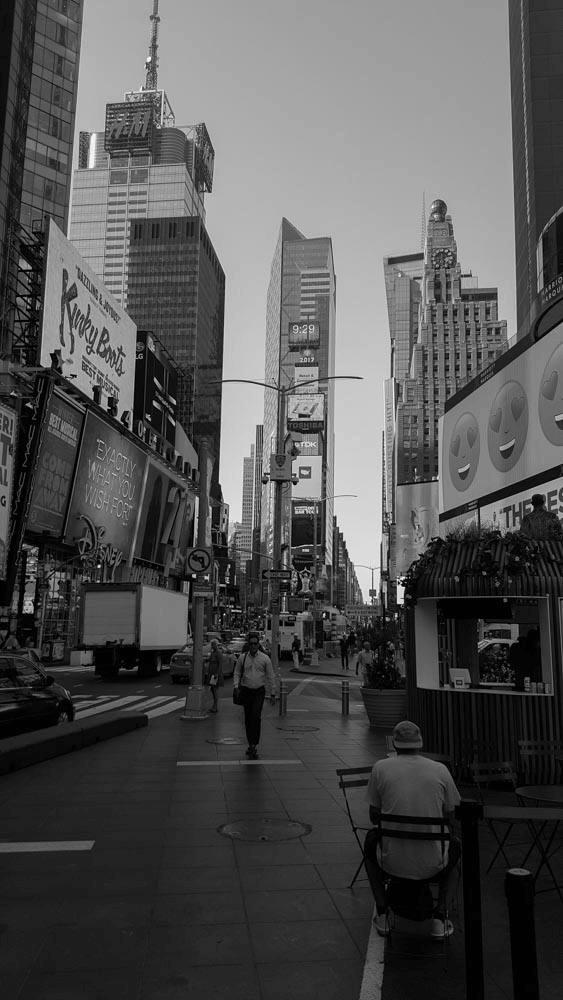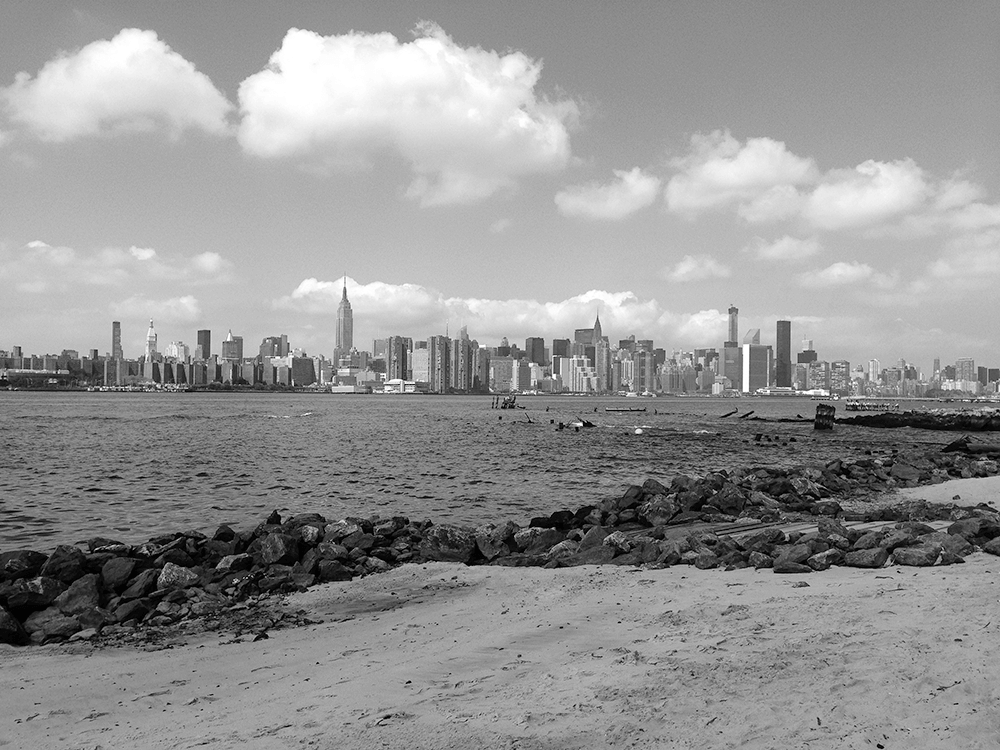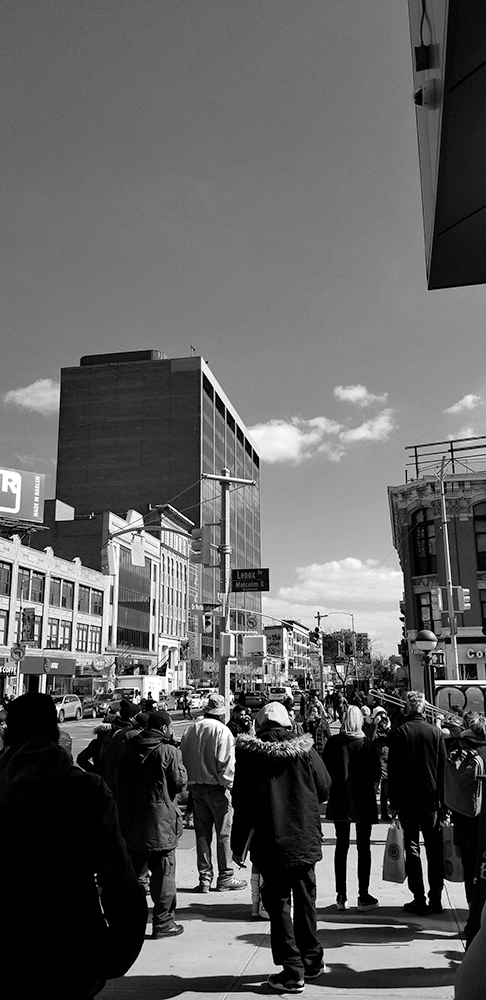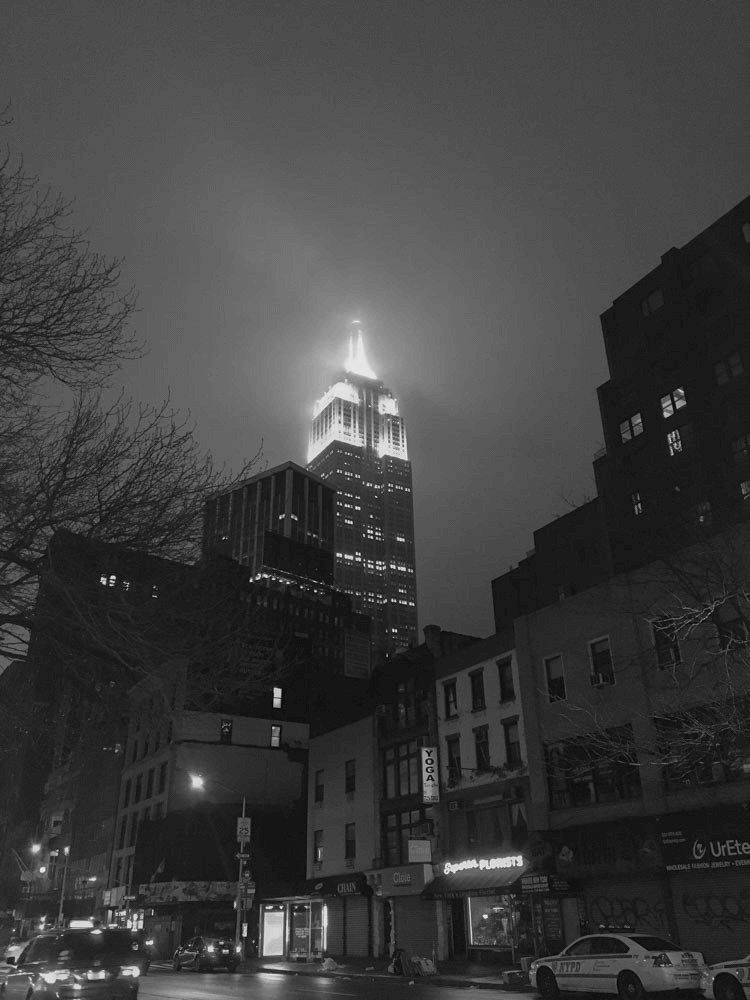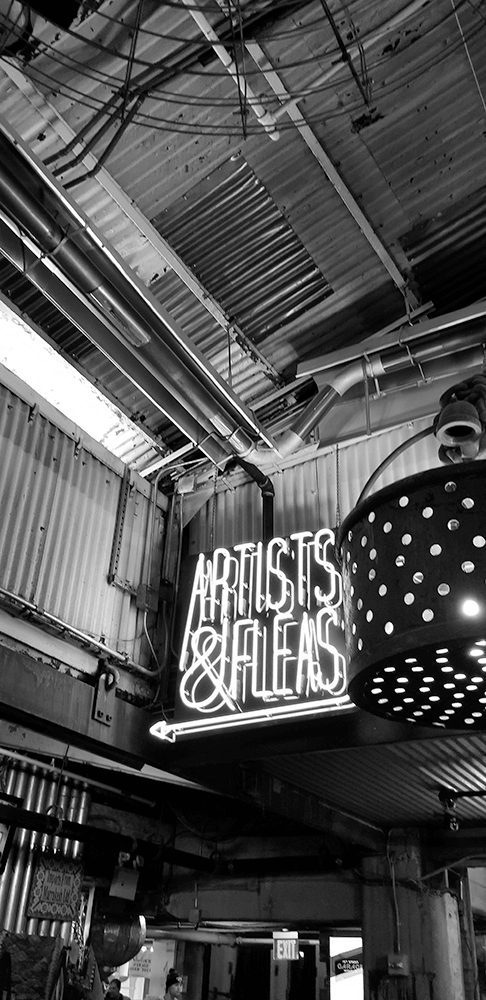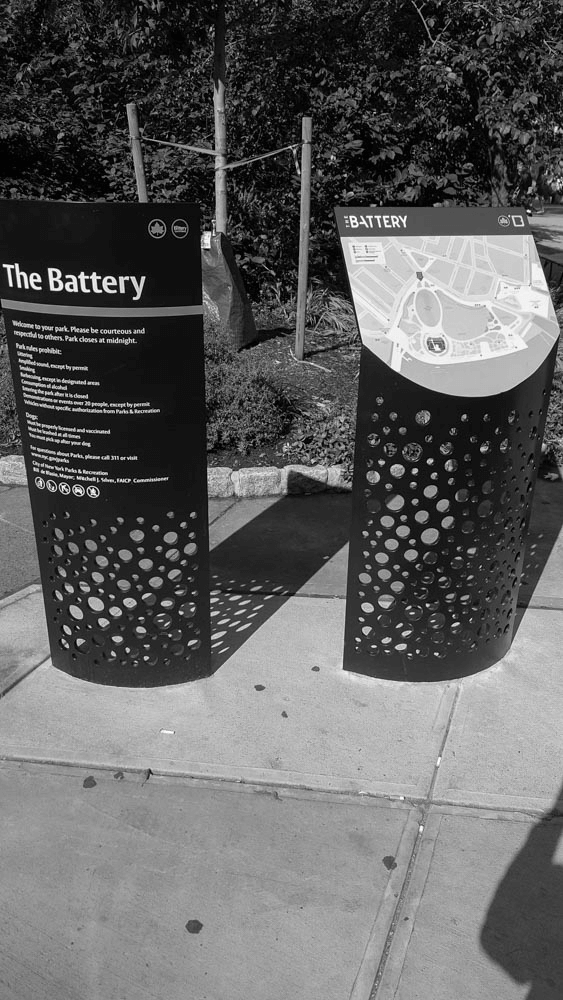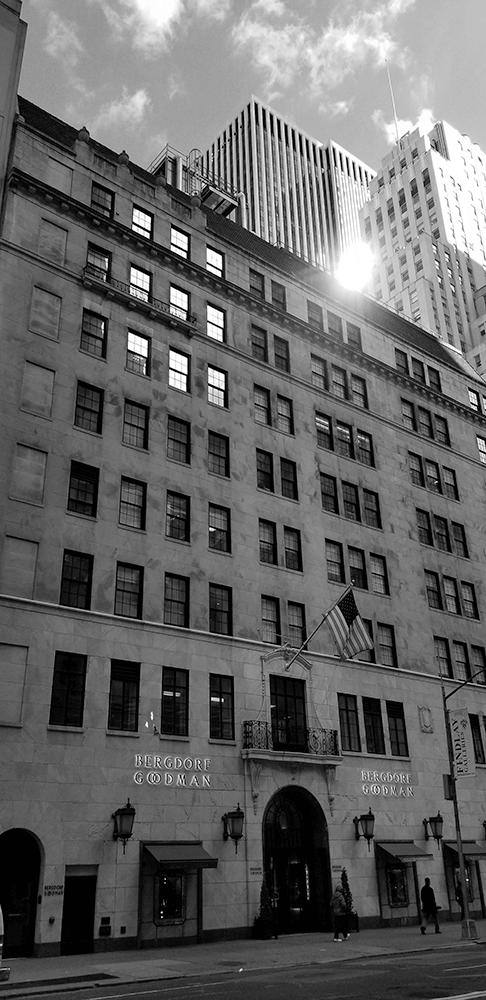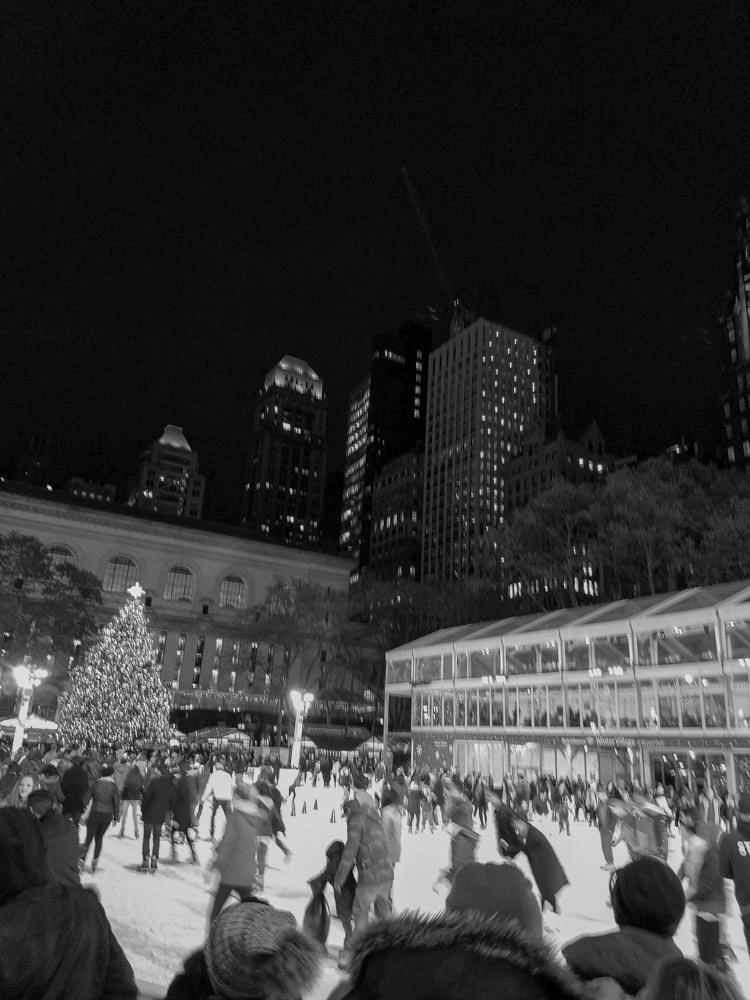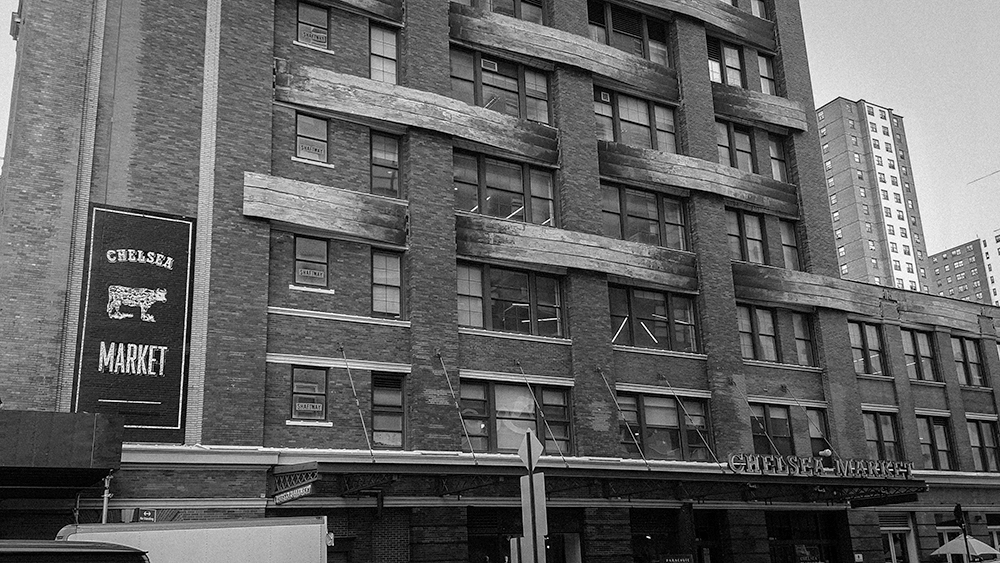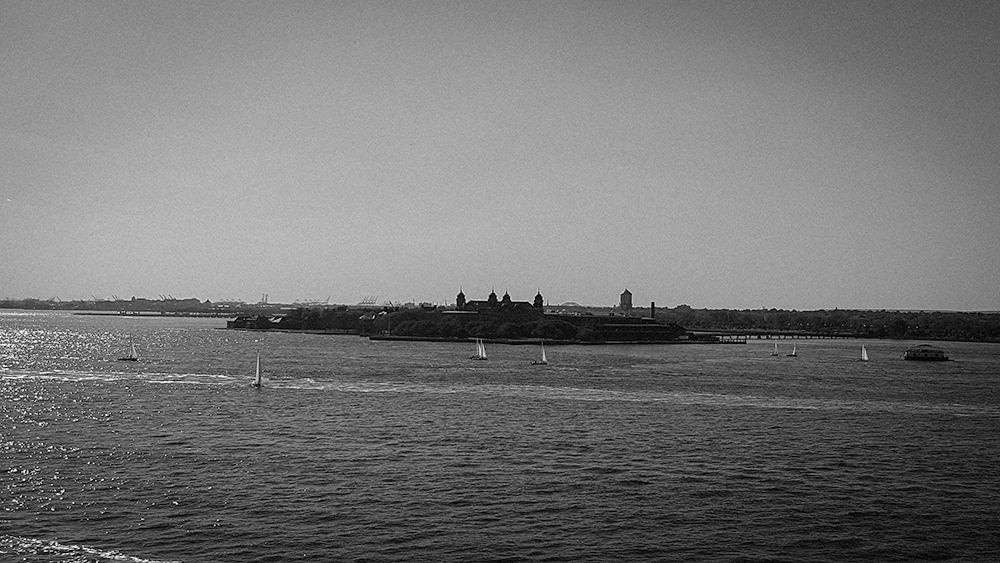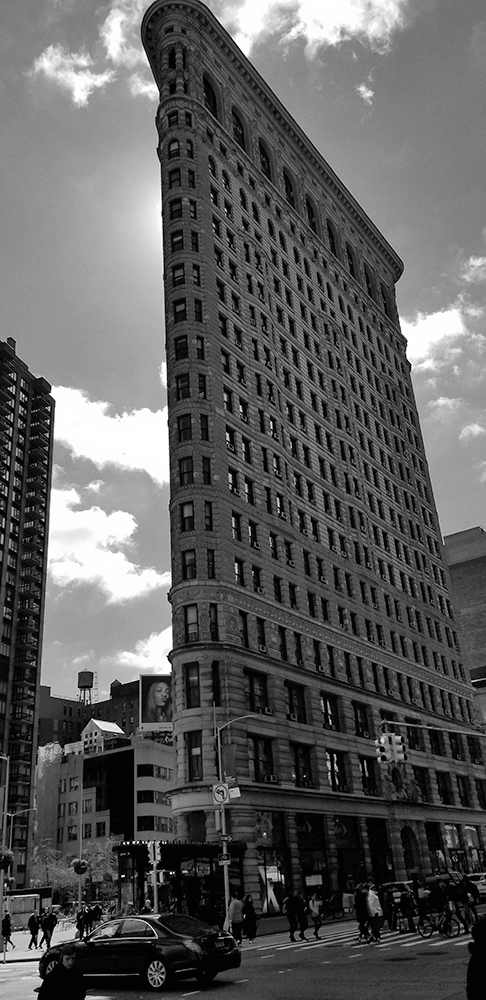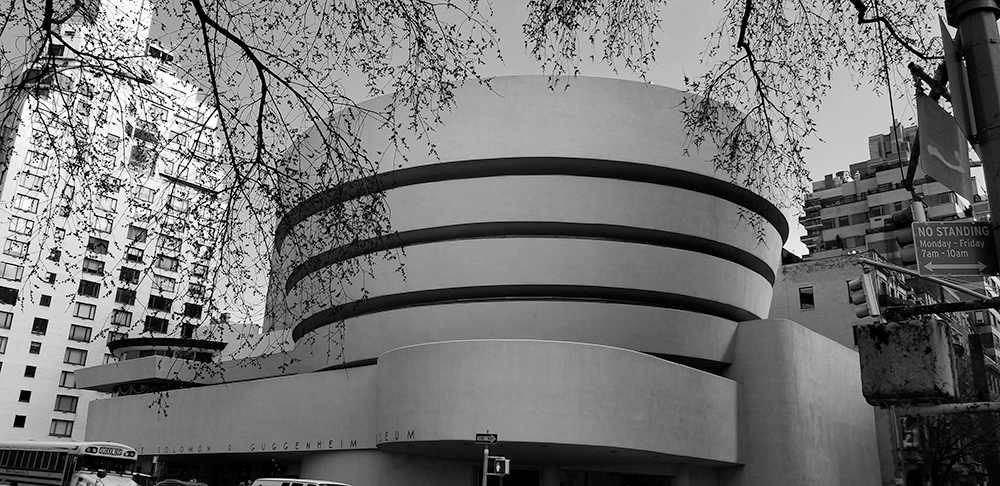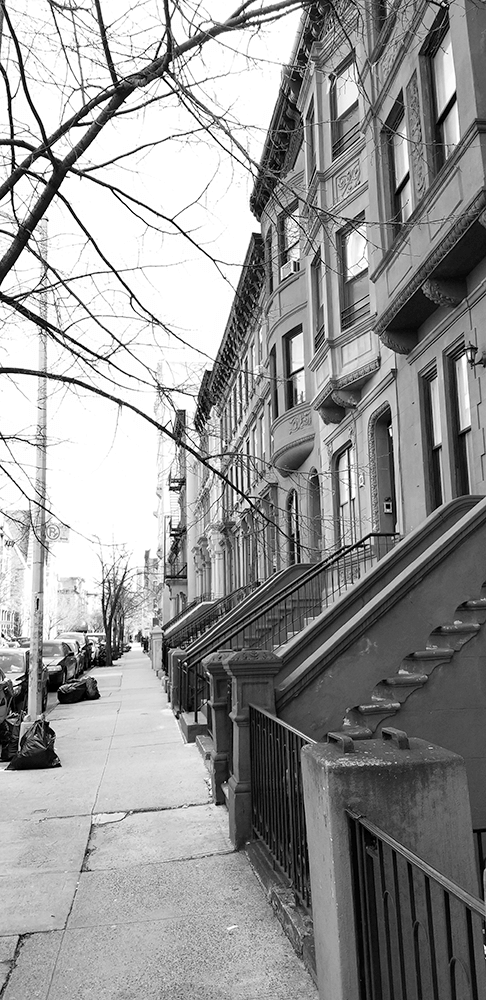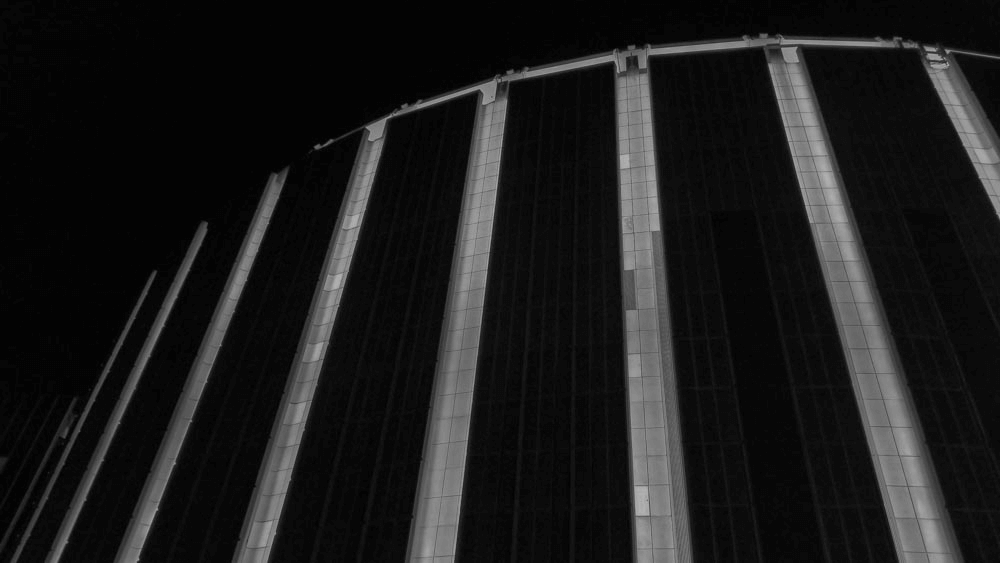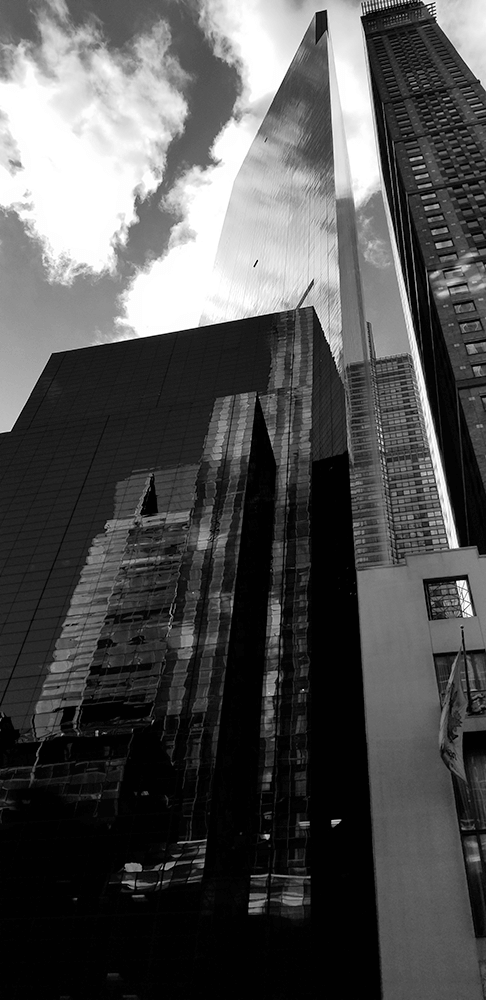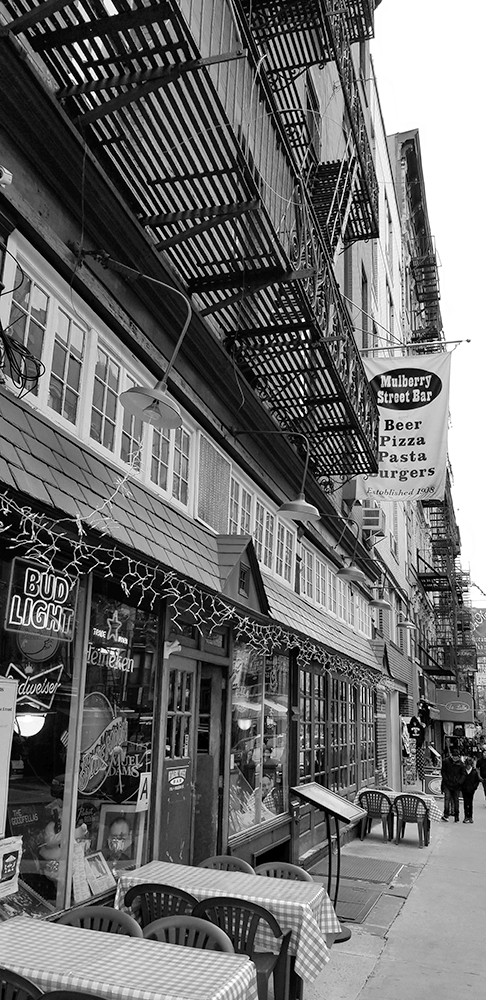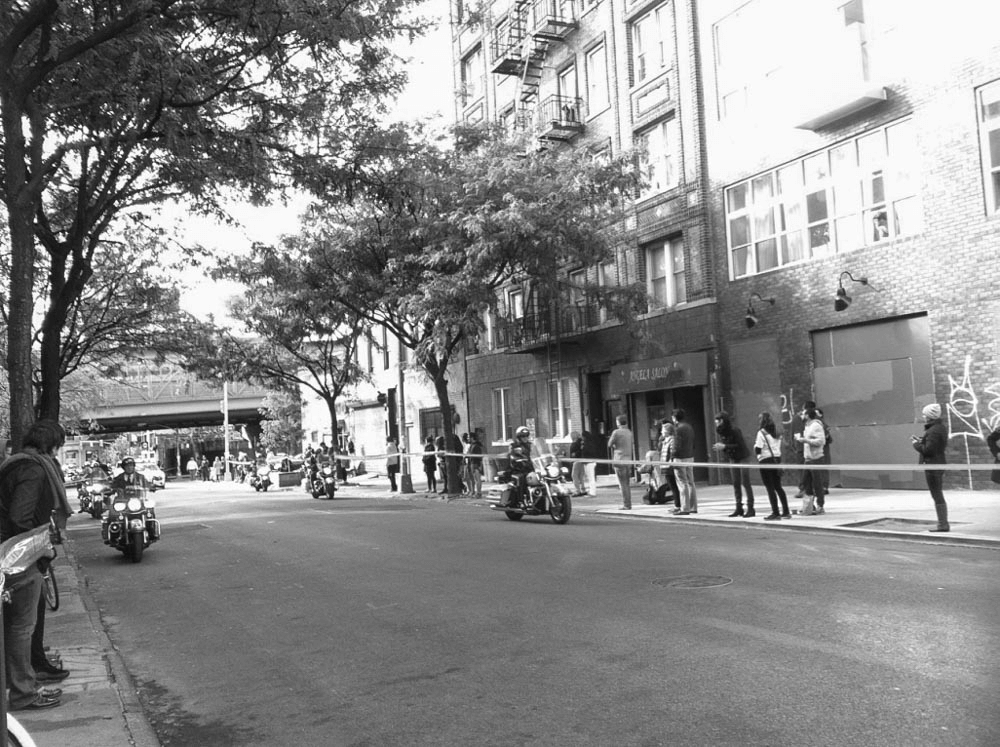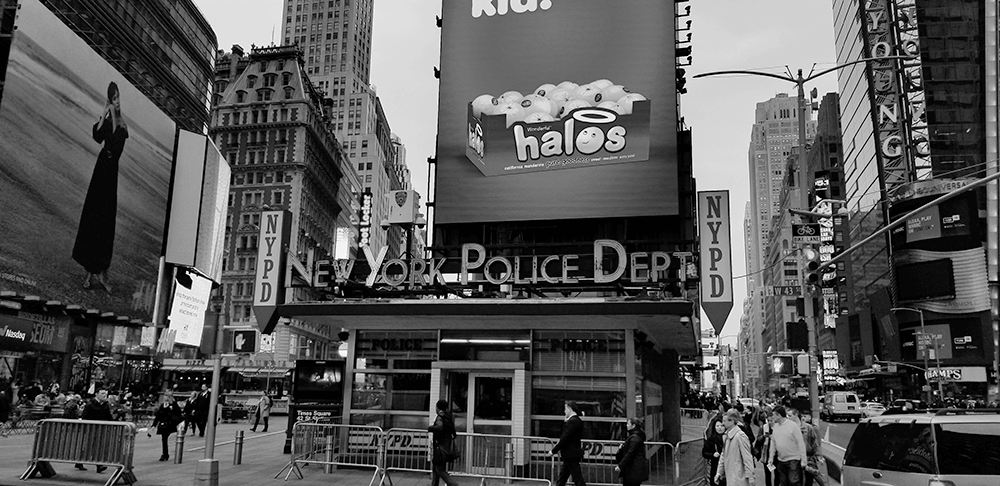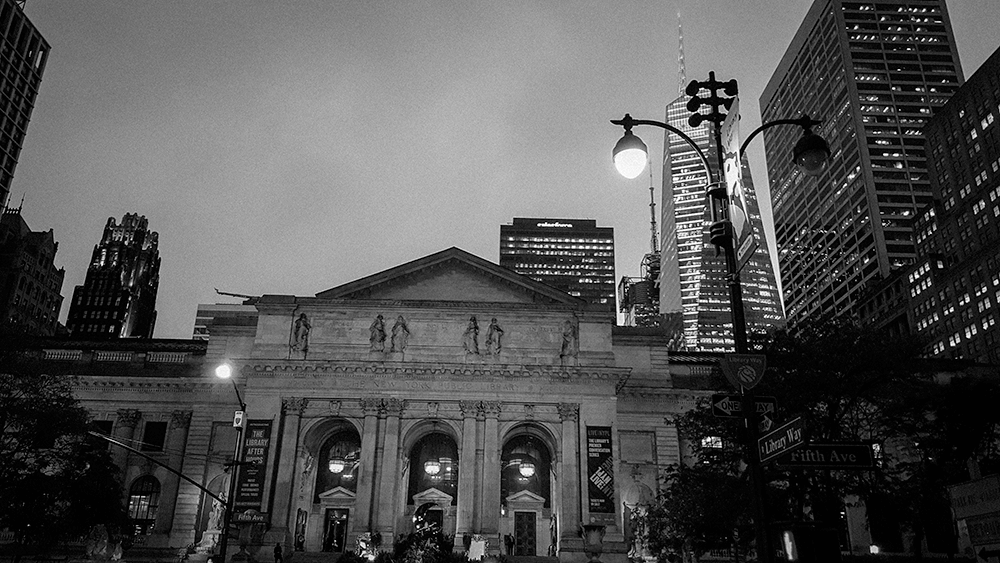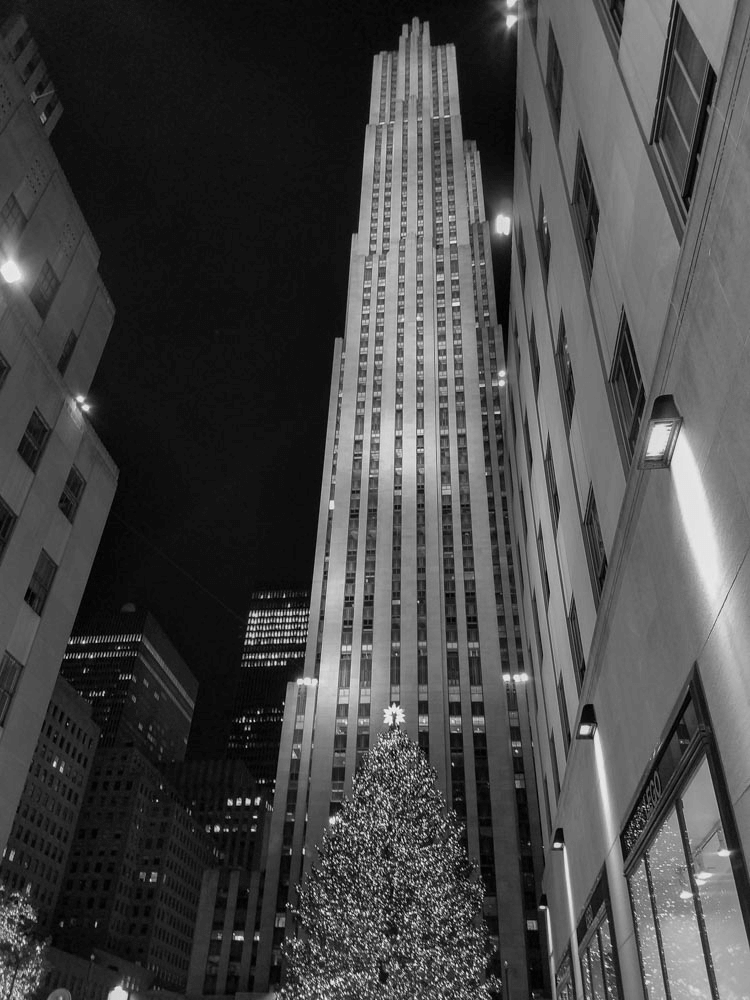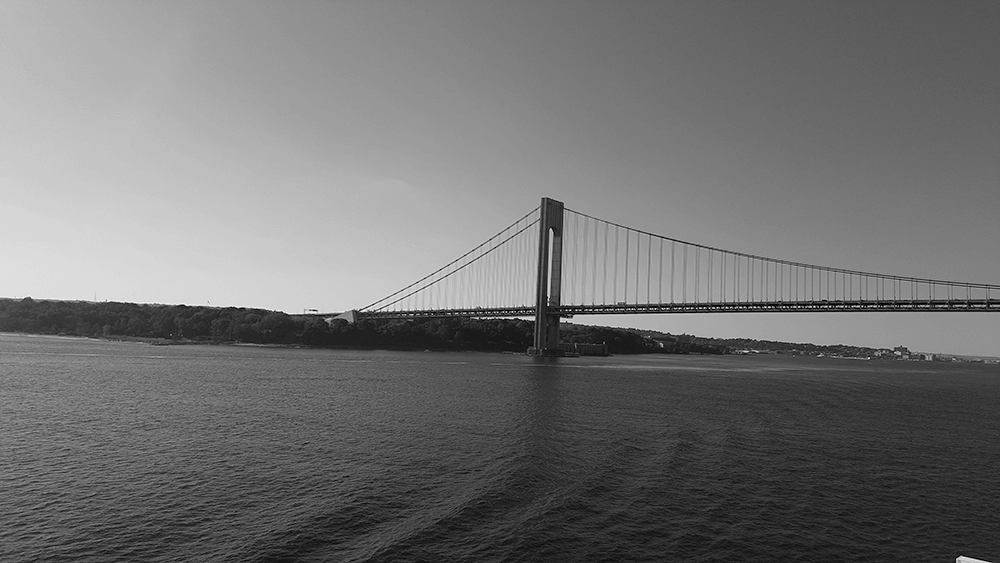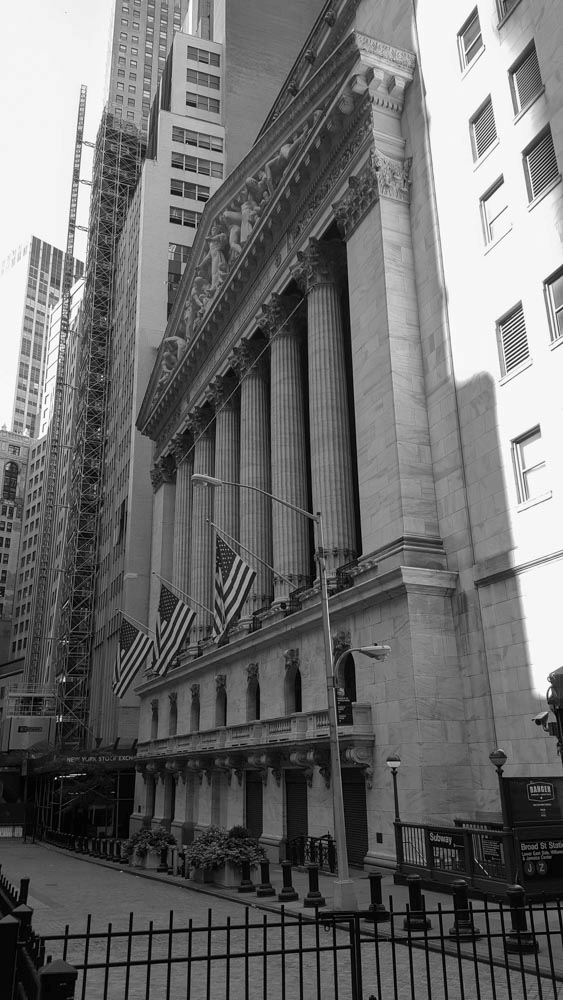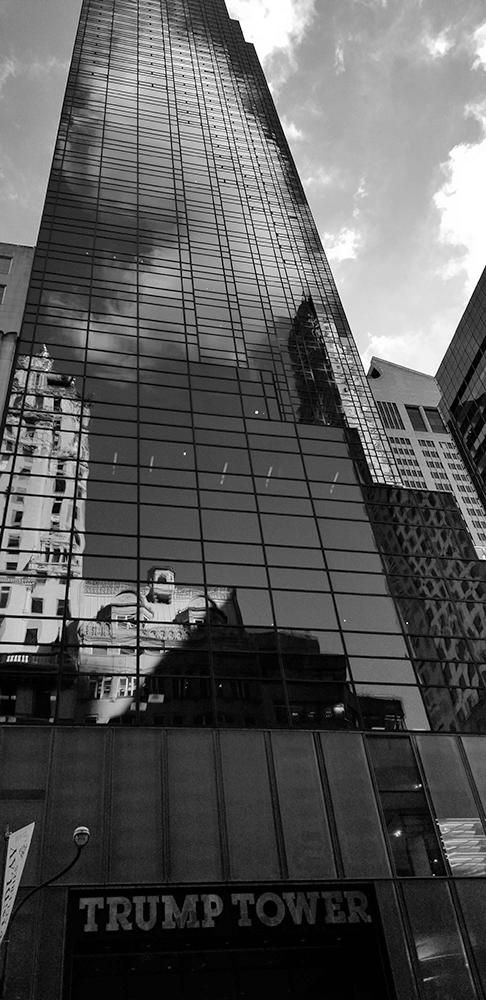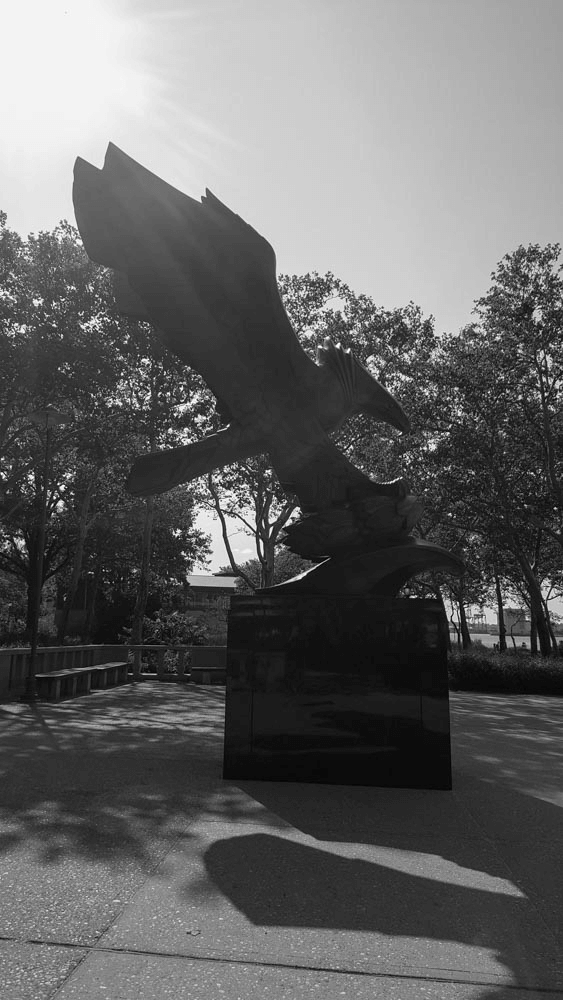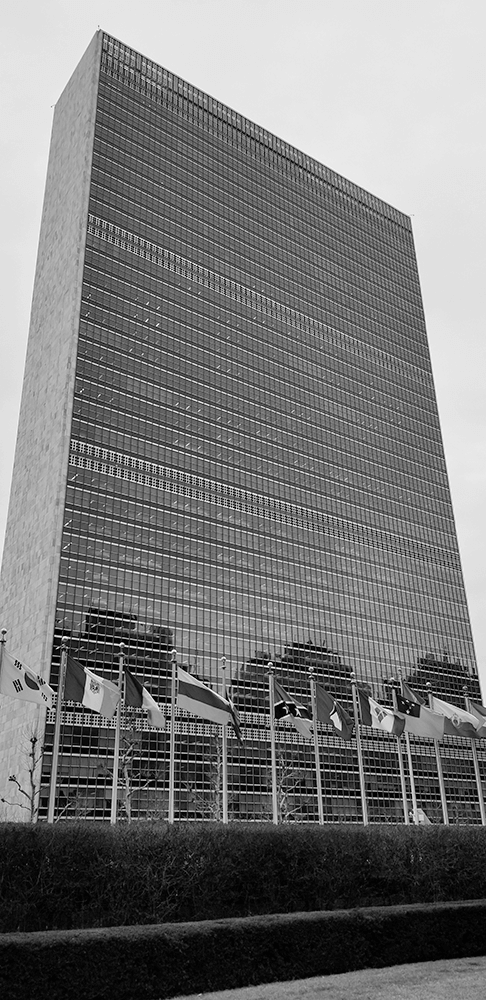Restaurant
Upper West Side
Bar Boulud
Bar Boulud – Ein Stück Frankreich in New York Bar Boulud ist ein charmantes französisches Bistro und Weinbar, das im Herzen von Manhattan liegt. Gegründet von dem renommierten Küchenchef Daniel Boulud, bietet das Restaurant eine authentische französische Küche, die sowohl Tradition als auch Innovation vereint. Mit einer einladenden Atmosphäre und einem Fokus auf hochwertige Zutaten hat sich Bar Boulud schnell zu einem beliebten Ziel für Feinschmecker und Weinliebhaber entwickelt. Geschichte und Konzept Bar Boulud wurde 2007 eröffnet und ist Teil des kulinarischen Imperiums von Daniel Boulud, der für seine Fähigkeit bekannt ist, französische Gastronomie mit amerikanischem Flair zu kombinieren. Das Konzept des Restaurants basiert auf der Idee, die französische Bistro-Kultur nach New York zu bringen, indem es eine entspannte, aber dennoch elegante Umgebung schafft, in der Gäste traditionelle Gerichte genießen können. Die Speisekarte von Bar Boulud ist inspiriert von den saisonalen Produkten und den regionalen Küchen Frankreichs. Besonders hervorzuheben sind die klassischen französischen Gerichte, die mit einem modernen Twist präsentiert werden. Die Philosophie des Restaurants legt großen Wert auf die Verwendung von frischen, lokalen Zutaten, um die Aromen und Texturen der Speisen optimal zur Geltung zu bringen. Ambiente und Design Das Innendesign von Bar Boulud ist warm und einladend, mit einer Mischung aus traditionellem französischem Bistro-Stil und modernem Chic. Holzelemente, gedämpfte Beleuchtung und elegante Möbel schaffen eine gemütliche Atmosphäre, die sowohl für ein entspanntes Mittagessen als auch für ein romantisches Abendessen geeignet ist. Die offene Küche ermöglicht es den Gästen, den Köchen bei der Zubereitung der Speisen zuzusehen, was das Gefühl von Transparenz und Handwerkskunst verstärkt. Die Einrichtung ist geschmackvoll und stilvoll, mit Kunstwerken, die die französische Kultur feiern und dem Raum eine persönliche Note verleihen. Kulinarisches Angebot Die Speisekarte von Bar Boulud ist ein wahres Fest für die Sinne und umfasst eine Vielzahl von Gerichten, die die Essenz der französischen Küche widerspiegeln. Zu den Höhepunkten gehören: Vorspeisen: Die Auswahl an Vorspeisen reicht von klassischen französischen Spezialitäten wie Escargots de Bourgogne bis hin zu kreativen Interpretationen von saisonalem Gemüse. Besonders beliebt sind die hausgemachten Terrinen und Pâtés, die mit frisch gebackenem Brot serviert werden. Hauptgerichte: Die Hauptspeisen sind ebenso beeindruckend und umfassen eine Vielzahl von Optionen, die sowohl Fleischliebhaber als auch Vegetarier ansprechen. Die Boeuf Bourguignon ist ein Klassiker, der mit zartem Rindfleisch und einer reichhaltigen Rotweinsauce zubereitet wird. Für Fischliebhaber gibt es oft frische Angebote wie gegrillten Lachs mit Kräuterbutter und saisonalem Gemüse. Desserts: Die Dessertkarte bietet eine Auswahl an verführerischen Süßspeisen, die den perfekten Abschluss eines jeden Mahls bilden. Klassiker wie Tarte Tatin und Crème Brûlée sind immer eine gute Wahl und werden kunstvoll präsentiert. Getränkeangebot Bar Boulud bietet eine umfangreiche Weinkarte, die sorgfältig ausgewählte Weine aus verschiedenen Regionen Frankreichs und der Welt umfasst. Die Sommeliers sind bestens geschult und helfen den Gästen gerne bei der Auswahl des perfekten Weins, der die Aromen der Speisen ergänzt. Darüber hinaus gibt es eine Auswahl an kreativen Cocktails und alkoholfreien Getränken, die das kulinarische Erlebnis abrunden. Service und Gastfreundschaft Der Service in Bar Boulud ist freundlich, professionell und aufmerksam. Das Personal ist bestens geschult und stets bereit, Empfehlungen auszusprechen und den Gästen ein unvergessliches Erlebnis zu bieten. Die Atmosphäre ist entspannt und einladend, was dazu beiträgt, dass sich die Gäste wohlfühlen und ihren Besuch in vollen Zügen genießen können. Bar Boulud ist ein kulinarisches Juwel in New York City, das die französische Bistro-Kultur feiert. Mit seiner kreativen Speisekarte, dem stilvollen Ambiente und dem hervorragenden Service hat sich das Restaurant schnell einen Namen in der Gastronomieszene gemacht. Ob für ein geschäftliches Mittagessen, ein romantisches Abendessen oder einfach nur, um die Kunst des Essens zu erleben – Bar Boulud bietet ein unvergessliches Erlebnis, das die Gäste immer wieder zurückkehren lässt. Inmitten des geschäftigen Lebens in New York ist es ein Rückzugsort, der die Gäste in die Welt der französischen Gastronomie entführt und ihnen die Möglichkeit bietet, die Aromen und Traditionen Frankreichs zu genießen.
1 2 NYCGO 3 4
